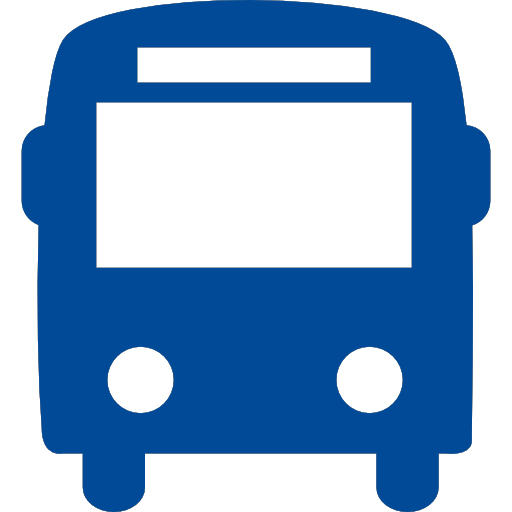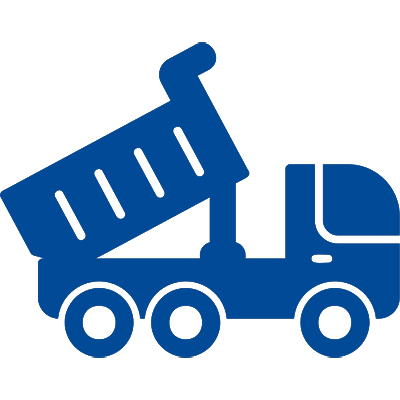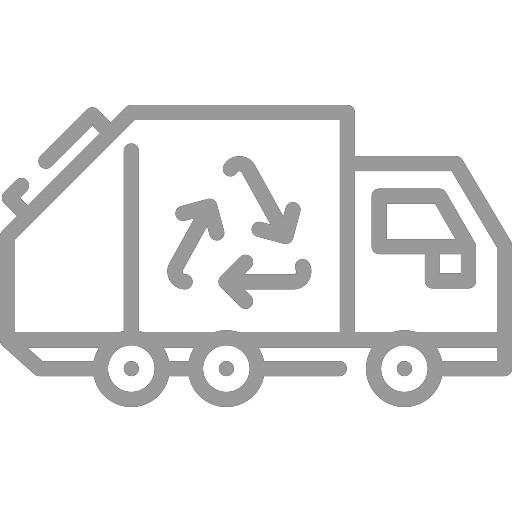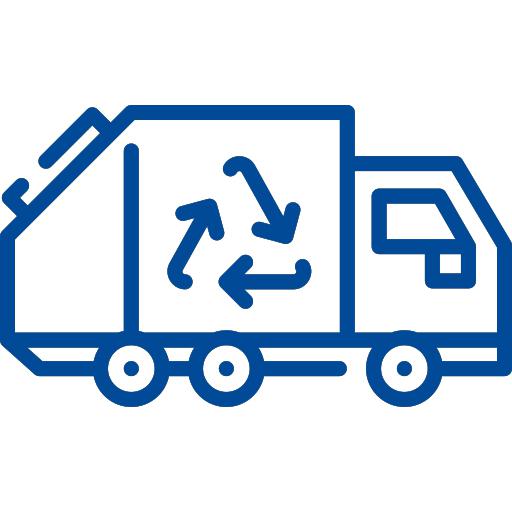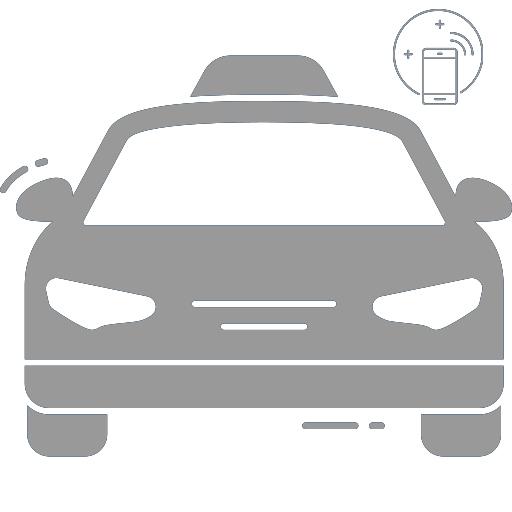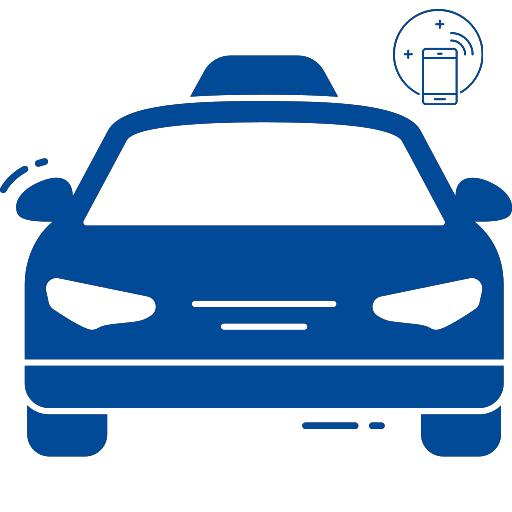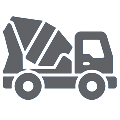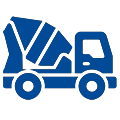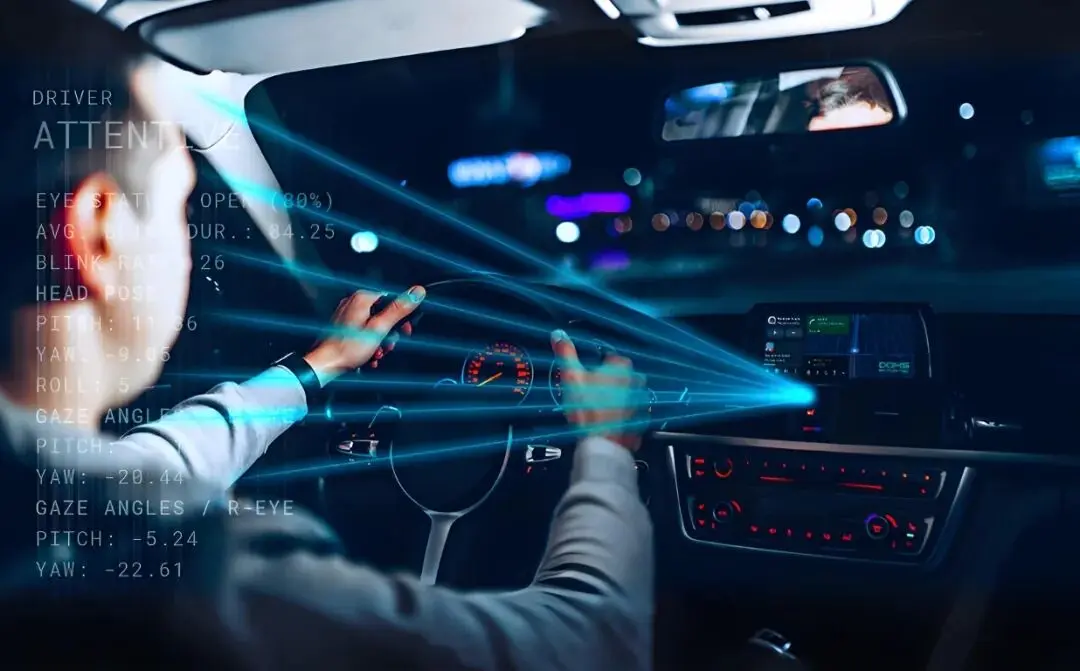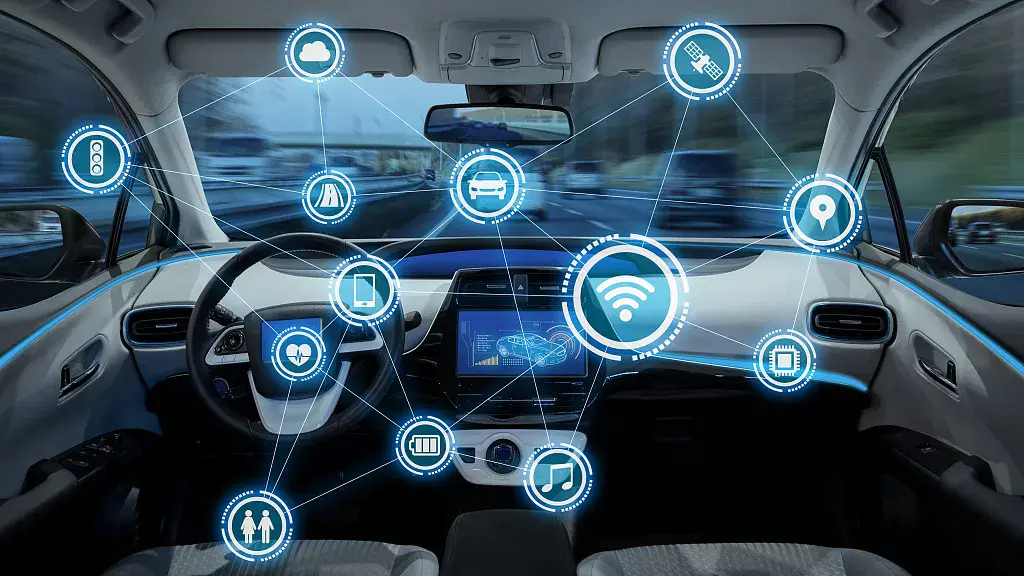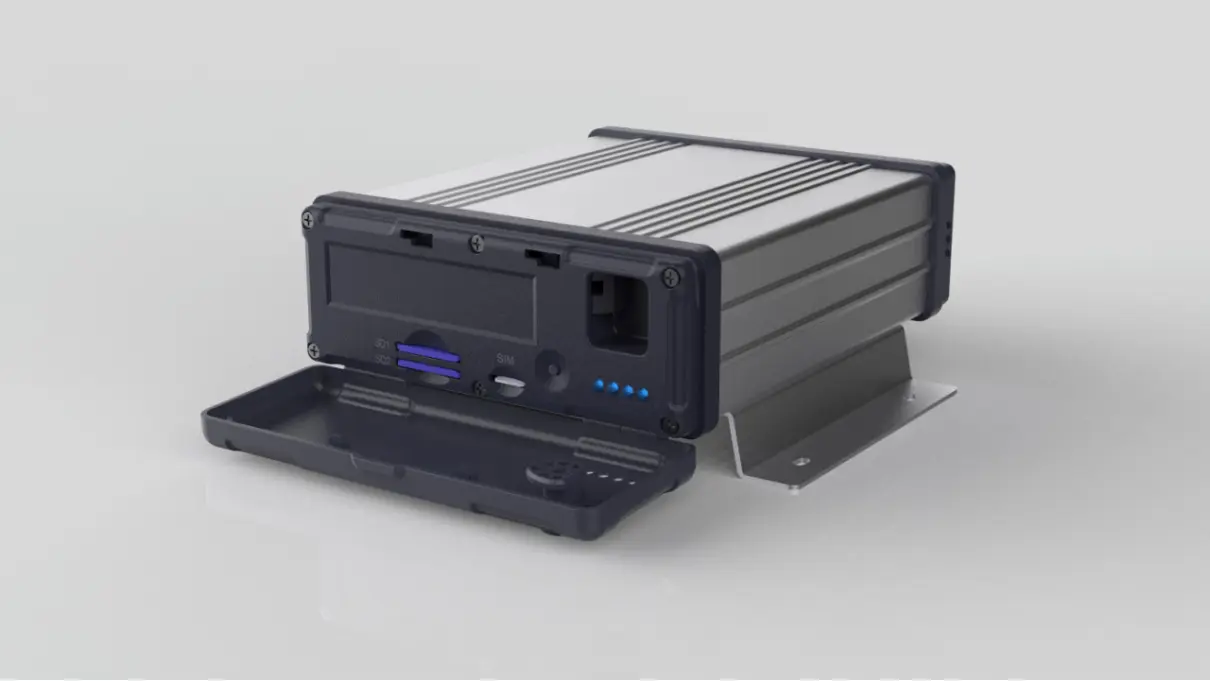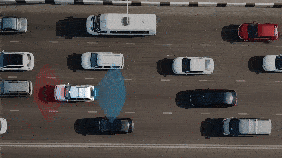Why Fleet Dash Cameras Are Essential?
Why Fleet Dash Cameras Are Essential
In commercial fleet management, dash cameras have evolved into intelligent safety hubs. Amid intensifying competition in the logistics industry, addressing challenges like accidents, regulations, and costs is critical—proactive dash camera systems can reduce accident rates by 40% and improve fuel efficiency by 15%. YUWEI dash cameras are core tools: models such as the V8N withstand harsh environments, integrating GPS, AI analysis, and network connectivity. They regulate driving behavior, provide legal protection, optimize operations, and feature easy installation, simple maintenance, and compliant data handling.
Key Roles of Fleet Dash Cameras
(1) Proactive Safety Protection
ADAS (Advanced Driver Assistance Systems) enables functions like Lane Departure Warning (LDW), Forward Collision Warning (FCW), and Pedestrian Collision Warning (PCW). Alerts issued 2 seconds in advance can avoid over 80% of rear-end collisions (NHTSA research). Paired with DMS (Driver Monitoring System), it real-time detects dangerous behaviors such as fatigue driving (eye closure detection accuracy >95%) and distracted operations (mobile phone use detection response time <0.5 seconds).
(2) Accident Reconstruction & Liability Determination
Supports 1080P@25fps dual-channel HD recording (front 星光 - grade night vision/interior infrared fill light), combined with GNSS+Beidou dual-mode positioning to form a complete spatiotemporal data chain. A specially designed super capacitor provides 1 second of continuous power after shutdown, ensuring no loss of critical data. Data from a logistics company shows a 63% reduction in insurance claim disputes after using such devices.
(3) Operational Efficiency Optimization
The built-in CAN bus collects over 120 vehicle data points including engine speed and fuel consumption. By analyzing abnormal fuel consumption fluctuations, a cold chain fleet achieved annual fuel cost savings exceeding 2 million RMB. Supports 360° surround view and Blind Spot Detection (BSD), improving reverse parking efficiency by 30%.
YUWEI V8N: Redefining the Standard for Intelligent Fleet Monitoring
As a representative of "Made in China" intelligence, the YUWEI V8N integrates multiple industry-leading technologies:
Core Hardware Configuration
① Visual Perception Layer: Equipped with Sony IMX335/SmartSens SC200 AI dual-scheme cameras, supporting 106° ultra-wide-angle front view and 180° panoramic surround view. Boasts a dynamic range of 120dB, enabling clear license plate recognition even in backlight conditions.
② Computing Core: Embedded Linux system with a 4-core processor, supporting H.265/H.264 dual encoding. Storage features dual TF card slots (single card max 2TB).
③ Perception Fusion: Integrated 6-axis IMU module with acceleration measurement accuracy of ±0.5g and angular velocity resolution of 0.05°/s, perfectly adapting to sudden acceleration/braking scenarios.
Intelligent Function Matrix
① ADAS+DMS Dual Protection: Monitors 16 driving behaviors, supporting customizable alarm thresholds (e.g., sharp turns >35° trigger alerts).
② Digital Twin System: Acquires vehicle CAN data via OBD interface, builds cloud-based digital twin models, and achieves 89% accuracy in fault prediction.
③ 5G+Edge Computing: Built-in 4G Cat.12 module, supporting 5G network upgrade with video stream processing latency below 200ms.
Compliance & Expandability
① Certified by international standards including CE/FCC/UKCA, and supports the ISO17025 calibration protocol.
② Reserved interfaces for temperature/humidity sensors, expandable into cold chain monitoring solutions.
③ Supporting management platform enables multi-fleet management, geofencing, automatic electronic log generation, and other functions.
In the AI era, fleet dash cameras have become strategic tools for cost reduction and efficiency improvement. With its full-stack intelligent solutions, the YUWEI V8N has successfully served leading automakers such as BYD and Dongfeng, delivering outstanding performance in high-risk scenarios including dangerous goods transportation and cold chain logistics.














